Home>Storage Ideas>Bedroom Storage>Essential Tips For Washing Baby Clothes Every Parent Should Know
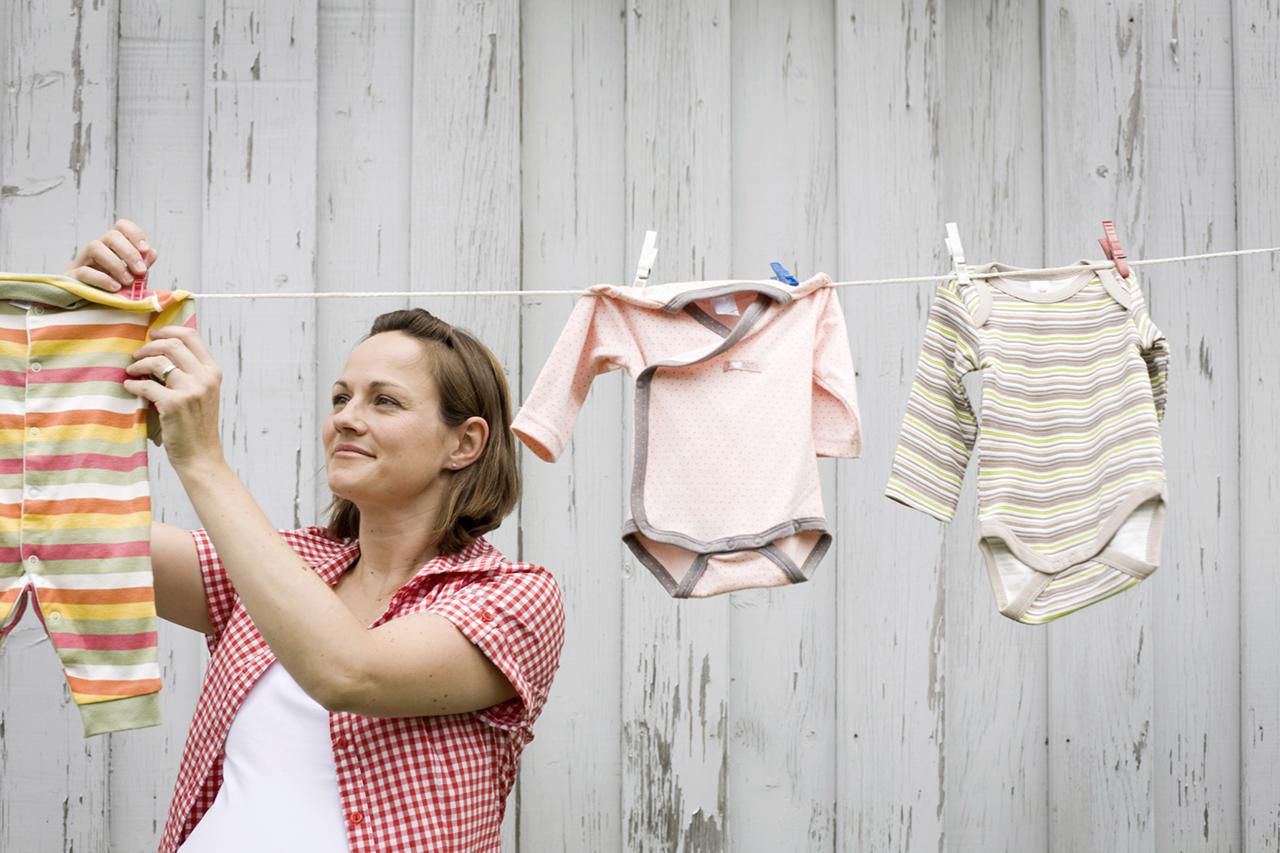

Bedroom Storage
Essential Tips For Washing Baby Clothes Every Parent Should Know
Modified: October 18, 2024
Discover essential tips for washing baby clothes that every parent should know. Keep your baby's clothes clean and fresh with proper bedroom storage.
(Many of the links in this article redirect to a specific reviewed product. Your purchase of these products through affiliate links helps to generate commission for Storables.com, at no extra cost. Learn more)
Introduction
When it comes to washing baby clothes, parents often find themselves faced with a unique set of challenges. From choosing the right detergent to effectively removing stains, ensuring that baby clothes are clean and safe for your little one requires specific knowledge and care. This article will provide you with essential tips and guidance on washing baby clothes, enabling you to keep your baby’s wardrobe fresh, clean, and in top condition.
One of the first things to consider when washing baby clothes is selecting the right detergent. Babies have sensitive skin, so it’s crucial to choose a gentle and hypoallergenic detergent that is free from harsh chemicals and fragrances. Look for detergents labeled as “baby-safe” or “specially formulated for infants” to avoid any potential skin irritations or allergic reactions.
Before you start doing the laundry, it’s important to sort your baby’s clothes. Separate items according to their color, fabric, and level of dirtiness. This will ensure that delicate fabrics, like silk or lace, are not washed with rougher materials, and prevent colors from bleeding onto other garments. Sorting also allows you to pre-treat stained or heavily soiled clothing before washing.
When it comes to washing baby clothes, you have the option of either washing them by hand or using a washing machine. Washing by hand can be a preferred method for delicate items or for parents who want to have more control over the washing process. Fill a basin or sink with lukewarm water and add a small amount of baby-safe detergent. Gently agitate the clothing items, paying extra attention to stained areas. Rinse thoroughly and squeeze out excess water before drying.
Using a washing machine is a more convenient option, particularly when you have a large load of baby clothes to wash. Start by selecting a gentle or delicate cycle to protect the fabric and maintain the integrity of the clothing. Add the appropriate amount of baby-safe detergent and follow the manufacturer’s instructions for the machine. It’s always a good idea to double-check the clothing labels to ensure that specific items can be machine-washed.
Key Takeaways:
- Choose a gentle, baby-safe detergent to keep your little one’s clothes clean and free from skin irritations. Sorting, pre-treating stains, and using the right washing method are key to maintaining the quality of baby clothes.
- Properly drying, stain removal, ironing, and organizing baby clothes are essential for keeping them in great condition. Regularly assess and adjust your methods to best suit your baby’s changing needs.
Choosing the Right Detergent for Baby Clothes
When it comes to washing baby clothes, selecting the right detergent is essential. Babies have delicate, sensitive skin, and using the wrong detergent can cause irritation, rashes, or other skin issues. Here are some tips to help you choose the best detergent for your baby’s clothes:
- Look for a detergent that is specifically formulated for babies: These detergents are designed to be gentle on your baby’s delicate skin. They are free from harsh chemicals, fragrances, and dyes that can cause skin irritations.
- Opt for a hypoallergenic detergent: Hypoallergenic detergents are less likely to cause allergic reactions or irritate sensitive skin. Look for products that are labeled as hypoallergenic to ensure the safety of your baby.
- Avoid detergents with strong fragrances: While the scent of freshly laundered clothes can be tempting, it’s best to avoid heavily scented detergents for baby clothes. The fragrances in these detergents can be harsh on your baby’s skin and may trigger allergies or sensitivities.
- Choose a detergent that is free from harsh chemicals: Certain chemicals, such as phosphates and enzymes, can be harsh on baby’s delicate skin. Look for detergents that are free from these chemicals to ensure the gentlest care for your baby’s clothes.
- Consider liquid over powder: Liquid detergents are generally easier to rinse out compared to powder detergents. This can help prevent any residue from remaining on the clothes, which can cause skin irritations.
It’s important to note that each baby is different, and what works for one may not work for another. If your baby has particularly sensitive skin or a history of allergies, you may want to consult with your pediatrician before choosing a detergent.
Remember to carefully read the product labels for any specific instructions or warnings. This will help you ensure that you are using the detergent correctly and achieving the best results for your baby’s clothes.
By choosing the right detergent for your baby’s clothes, you can help keep their skin happy, healthy, and free from irritations. Make sure to follow the manufacturer’s instructions for dosage and usage to ensure that you are providing the optimal care for your baby’s garments.
Sorting Baby Clothes Before Washing
Sorting baby clothes before washing is an important step that allows you to effectively clean and care for each garment. By organizing the clothes based on color, fabric, and level of dirtiness, you can ensure that your baby’s clothes are properly cleaned and well-maintained. Here are some tips for sorting baby clothes:
- Separate colors: Sorting baby clothes by color is essential to prevent colors from bleeding onto other garments. Wash darks, lights, and whites separately to maintain the vibrancy and integrity of each piece.
- Consider fabric types: Different fabrics require different washing methods. Separate delicate fabrics like silk, lace, or cashmere from sturdier materials like cotton or polyester. This will prevent damage to delicate items and ensure that they are properly cared for.
- Group clothes by level of dirtiness: Sorting clothes based on how soiled they are can help you adjust the washing cycle accordingly. Heavily soiled clothes or items with stains may require pre-treatment or a longer washing cycle, while lightly soiled clothes can be washed on a shorter cycle.
- Check for special care instructions: Some baby clothes may have specific care instructions on their labels. For example, certain items may need to be washed separately or on a gentle cycle. Be sure to read and follow any special care instructions to maintain the quality of the clothes.
- Pre-treat stains: Before washing, check for any stains on the baby clothes. Treat stains promptly by applying a stain remover or gentle detergent directly to the affected area. Let it sit for a few minutes before laundering to maximize stain removal.
Sorting baby clothes not only ensures that each garment receives the appropriate care it needs but also helps in the overall organization of your laundry. It saves time and guarantees that you can easily locate specific items when needed.
It’s important to note that while sorting baby clothes is beneficial, it doesn’t have to be an overly tedious task. Consider using separate laundry hampers or baskets to separate clothes by color or fabric type. This makes sorting a breeze and reduces the chances of mixing up items.
By taking the time to sort baby clothes before washing, you can maintain the quality of the garments, prevent damage, and ensure that each piece is cleaned effectively. This simple step will go a long way in keeping your baby’s clothes looking great and ready to wear.
Washing Baby Clothes by Hand
Washing baby clothes by hand can be a preferred method for parents who want more control over the washing process or have delicate items that require extra care. By following these steps, you can effectively clean your baby’s clothes by hand:
- Prepare a basin or sink: Fill a clean basin or sink with lukewarm water. Avoid using hot water, as it can damage delicate fabrics or cause shrinkage.
- Add gentle detergent: Use a baby-safe detergent or a gentle laundry soap designed for delicate fabrics. Follow the product instructions for the appropriate amount to use based on the load size.
- Submerge the clothes: Place the baby clothes into the basin, ensuring that they are fully submerged in the water. Gently swish the garments around to allow the detergent to penetrate the fabric.
- Focus on stains: If there are any stains on the clothes, gently rub the fabric together or use a soft brush to work the detergent into the stains. Be careful not to scrub too vigorously, as it can damage the fabric fibers.
- Rinse thoroughly: Drain the soapy water and refill the basin with clean lukewarm water. Rinse each garment individually, squeezing out any excess soap and dirt.
- Squeeze out excess water: After rinsing, gently squeeze the excess water out of each clothing item. Avoid twisting or wringing the garments, as this can distort their shape.
- Dry flat or hang to dry: Lay the clothing items flat on a clean towel or hang them to air dry. Ensure that the clothes are placed in a well-ventilated area away from direct sunlight, which can cause fading.
- Press gently if needed: If the clothes are wrinkled after drying, you can lightly press them with a warm iron. Remember to set the iron to the appropriate temperature for the fabric type.
Washing baby clothes by hand allows you to give extra attention to delicate fabrics and stained areas. It’s a suitable option for items with special care instructions or those that require a gentle touch.
Remember to always check the clothing labels for specific washing instructions. Some items may not be suitable for handwashing, so it’s essential to follow the manufacturer’s recommendations to avoid damaging the clothes.
By handwashing your baby’s clothes, you can take control of the cleaning process and ensure that each garment receives the individual care it deserves. It’s a gentle and effective method that helps maintain the quality and longevity of your baby’s clothing.
Washing Baby Clothes in a Washing Machine
Washing baby clothes in a washing machine is a convenient and efficient method for cleaning a large load of laundry. By following these steps, you can ensure that your baby’s clothes are properly cleaned and well-maintained:
- Read the garment labels: Before loading the clothes into the machine, carefully read the labels on each garment. Check for any specific washing instructions, such as temperature settings or special care recommendations.
- Sort clothes by color and fabric type: Separate garments by color to prevent colors from bleeding onto each other. Additionally, group clothes based on fabric types, such as delicate fabrics or rougher materials, to avoid any damage during the wash cycle.
- Select a gentle or delicate cycle: Set the washing machine to a gentle or delicate cycle to protect the baby clothes from excessive agitation. This will help maintain the integrity of the garments and prevent any potential damage.
- Add a baby-safe detergent: Use a detergent specially formulated for babies or one that is gentle and free from harsh chemicals. Read the instructions on the detergent packaging and measure the appropriate amount for the load size.
- Avoid using fabric softeners: While fabric softeners can make clothes feel softer, they can also leave a residue on the fabric that may irritate a baby’s skin. It’s best to skip fabric softeners when washing baby clothes.
- Consider using a laundry bag or net: If you have small or delicate items, consider placing them in a laundry bag or net to provide an extra layer of protection during the wash cycle. This will prevent items from getting tangled or stretched.
- Avoid overloading the machine: Ensure that you don’t overload the washing machine with too many clothes. Overloading can prevent proper cleaning and rinsing, and may lead to less effective results.
- Hang or lay flat to dry: Once the wash cycle is complete, remove the clothes from the machine and air dry them. Hang them on a drying rack or lay them flat on a clean towel. Avoid using a dryer, as the high heat can shrink or damage the delicate baby clothes.
It’s essential to regularly clean your washing machine to maintain its performance and prevent any buildup of detergent residue. Follow the manufacturer’s instructions for cleaning and maintenance to ensure optimal functioning.
By using a washing machine to clean your baby’s clothes, you can save time and effort while still effectively cleaning and caring for their garments. Remember to always follow the garment labels and use appropriate settings and detergents to ensure the best results.
When washing baby clothes, use a gentle, fragrance-free detergent to avoid irritating your baby’s sensitive skin.
Drying Baby Clothes
Properly drying baby clothes is just as important as washing them. By following these tips, you can ensure that your baby’s clothes are dried carefully and maintained in excellent condition:
- Read the garment labels: Before drying, check the garment labels for any specific instructions or recommendations regarding drying methods. Some clothes may require air drying or low heat settings.
- Air dry as much as possible: Air drying is the gentlest method for drying baby clothes. Hang them on a drying rack, clothesline, or lay them flat on a clean towel. This method helps to preserve the softness and shape of the garments.
- Avoid direct sunlight: While air drying, place the clothes in a well-ventilated area away from direct sunlight. Sunlight can cause colors to fade and may shrink certain fabrics.
- Use low heat or delicate setting: If using a dryer, choose a low heat or delicate setting. This helps prevent the clothes from shrinking or becoming damaged due to high heat.
- Remove clothes when slightly damp: To prevent excessive wrinkling, remove the clothes from the dryer while they are still slightly damp. This makes it easier to iron or fold them without the need for excessive heat or pressure.
- Iron with caution: If necessary, iron the clothes using a low to medium heat setting on the appropriate fabric setting. Always test a small area first and avoid ironing over any printed designs directly.
- Store clothes in a clean and dry environment: Once the clothes are dry, ensure they are stored in a clean and dry space to maintain their freshness. Use storage containers or drawers to keep the clothes organized and protected from dust and dirt.
- Refrain from using fabric softeners: Fabric softeners are not recommended for baby clothes, as they can leave a residue that may irritate their sensitive skin. Instead, focus on using gentle detergents to keep the clothes soft and comfortable.
By properly drying baby clothes, you can prevent shrinkage, maintain the shape and softness of the garments, and prolong their lifespan. It’s important to follow the care instructions and use appropriate drying methods to ensure optimal results.
Remember, air drying is the safest and most gentle method for drying baby clothes. However, if you choose to use a dryer, closely monitor the settings and remove the clothes promptly to prevent any potential damage.
With proper care during the drying process, you can keep your baby’s clothes fresh, clean, and ready to wear, providing them with comfort and style.
Tips for Stain Removal from Baby Clothes
As adorable as baby clothes are, they often fall victim to spills and stains. Dealing with these stains promptly and effectively is crucial to keeping your baby’s clothes in pristine condition. Here are some tips for stain removal from baby clothes:
- Act quickly: The sooner you treat a stain, the more successful you’ll be at removing it. Don’t let stains sit for too long, as they can become more difficult to remove over time.
- Pre-treat the stain: Before washing, pre-treat the stained area with a stain remover or a small amount of baby-safe detergent. Gently rub the stain remover into the fabric using a soft brush or your fingertips.
- Use cold water for blood and protein-based stains: For stains caused by blood, formula, or other protein-based substances, use cold water to rinse the stain. Hot water can cause the protein in the stain to set, making it harder to remove.
- Try baby-safe stain removers: There are many baby-safe stain removers available on the market. Look for products without harsh chemicals that are specifically formulated for removing stains from baby clothes.
- Avoid using bleach: While bleach may seem like a quick solution for tough stains, it can damage delicate fabrics or cause discoloration. Instead, opt for stain removers or natural alternatives.
- Test stain removal methods: Before treating the entire stain, test the stain removal method on a small, inconspicuous area of the garment to ensure it doesn’t cause any damage or discoloration.
- Soak stubborn stains: For stubborn stains, consider soaking the clothes in a mixture of water and a gentle stain remover or baby-safe detergent. This can help loosen the stain before washing.
- Be patient and persistent: Some stains may require multiple treatments or a longer soaking time to completely disappear. Don’t give up after one attempt – continue treating the stain until it’s fully gone.
- Follow garment care instructions: Always refer to the garment care instructions before attempting any stain removal methods. Some fabrics may require special care or specific treatments.
- Wash the garment promptly: After treating the stain, wash the garment as soon as possible to prevent the stain from setting or becoming more stubborn.
Remember, the key to successful stain removal is acting quickly, choosing the right stain removal method for the type of stain, and following the garment care instructions. With proper care, you can keep your baby’s clothes stain-free and looking their best.
It’s important to note that not all stains can be completely removed, especially if they are deeply set or from certain substances. However, with the right techniques and quick action, you can significantly improve the chances of removing most common stains from your baby’s clothes.
Ironing Baby Clothes
Ironing baby clothes not only helps to remove wrinkles and creases but also gives them a fresh and neat appearance. However, it’s important to exercise caution and follow proper techniques to ensure the safety and preservation of the garments. Here are some tips for ironing baby clothes:
- Sort clothes by fabric type: Before ironing, separate the baby clothes based on their fabric type. Different fabrics require different ironing temperatures and settings.
- Read the garment labels: Check the garment labels for any specific ironing instructions or recommended settings. Some clothes may require low or medium heat, while others may be suitable for high heat.
- Use a clean iron: Make sure your iron is clean and free from any residues or dirt that could transfer onto the clothes. Check the iron’s plate for any build-up and clean it if necessary.
- Set the iron to the correct temperature: Adjust the iron’s temperature according to the fabric type and garment instructions. Iron delicate fabrics, like silk or lace, on a low heat setting, while cotton or polyester clothes can withstand higher heat.
- Test the iron on a small inconspicuous area: Before ironing the entire garment, test the iron on a small, hidden area to ensure that it doesn’t cause any damage or discoloration.
- Use a pressing cloth: If you’re ironing delicate fabrics or clothes with prints or appliques, place a clean pressing cloth or thin cotton cloth over the garment. This acts as a protective barrier and prevents direct contact between the iron and the clothes.
- Iron in a well-ventilated area: Ensure that the area where you’re ironing is well-ventilated to help dissipate any steam or heat generated by the iron. This can also prevent the clothes from becoming damp or musky.
- Iron in one direction: When ironing, move the iron in one direction to avoid repetitive back-and-forth motions that can stretch or distort the fabric. Start from the top and work your way down, paying attention to collars, cuffs, and seams.
- Avoid using excessive pressure: Apply gentle pressure while ironing to prevent flattening or damaging the fabric. Let the weight of the iron do the work, rather than forcefully pressing down on the garment.
- Hang or fold garments immediately: Once you’ve finished ironing, hang or fold the clothes promptly to prevent wrinkles from forming. This will ensure that the baby clothes stay neat and ready-to-wear.
Always prioritize safety while ironing baby clothes. Keep the iron out of reach of children and never leave it unattended when it’s plugged in.
By following these tips, you can effectively iron your baby’s clothes, giving them a polished and well-maintained appearance. Take your time and exercise care to ensure the integrity of the garments while providing them with a neat and professional finish.
Folding and Organizing Baby Clothes
Folding and organizing baby clothes not only keeps your little one’s wardrobe tidy but also makes it easier for you to find the right outfit when you need it. Here are some tips for folding and organizing baby clothes:
- Sort clothes by size and season: Separate the clothes by size and season to make it easier to find the right garments when dressing your baby. Keep out-of-season clothes stored away to reduce clutter.
- Utilize drawer dividers or organizers: Use drawer dividers or small bins to create separate compartments for different types of clothing, such as onesies, pants, and socks. This helps keep everything organized and easily accessible.
- Fold clothes compactly: Fold baby clothes in a compact and uniform manner to maximize space in drawers or storage containers. Neatly fold each item to reduce wrinkles and ensure the clothes remain in good condition.
- Consider using storage bins or hanging organizers: If you have limited drawer space, opt for storage bins or hanging organizers that can be placed on shelves or rods. These can help maximize vertical space and keep clothes easily visible and accessible.
- Label storage containers: Label storage containers or use clear bins to quickly identify what’s stored inside. This makes it easier to find specific clothing items without having to rummage through containers.
- Arrange clothes by color or type: If you prefer a visually pleasing organization system, consider arranging clothes by color or type. This allows you to easily see all the options and choose the perfect outfit for your baby.
- Hang delicate or special occasion outfits: Hang delicate or special occasion outfits, like dresses or suits, to prevent wrinkles and maintain their shape. Use child-sized hangers to ensure the clothes fit properly and don’t get stretched or damaged.
- Rotate clothes regularly: Babies grow quickly, so regularly rotate clothes to ensure that all outfits are worn and enjoyed. This allows you to make the most of your baby’s wardrobe before they outgrow certain sizes.
- Keep a laundry hamper nearby: Place a laundry hamper in your baby’s room or nursery for easy disposal of dirty clothes. Regularly empty the hamper and wash the soiled clothes to prevent odors or the buildup of stains.
- Donate or pass on outgrown clothes: As your baby grows, consider donating or passing on outgrown clothes to another family or a charitable organization. This helps declutter your baby’s wardrobe and allows others to benefit from the gently used clothing.
Folding and organizing baby clothes not only brings a sense of order to your baby’s wardrobe but also makes everyday dressing more efficient. By implementing these tips, you can keep your baby’s clothes neat, easily accessible, and in excellent condition.
Remember to regularly assess and adjust your organization system as your baby’s wardrobe evolves. This way, you can maintain an efficient and tidy space while enjoying the delightful variety of your baby’s adorable clothing collection.
Conclusion
Properly caring for and washing baby clothes is essential to keep them clean, safe, and in great condition for your little one. By following the tips and guidelines provided in this article, you can ensure that your baby’s clothes are thoroughly cleaned, free from stains, and well-organized.
Choosing the right detergent specifically formulated for babies is the first step in ensuring gentle and effective cleaning. Sorting baby clothes by color, fabric, and level of dirtiness before washing helps prevent color bleeding and allows for targeted stain treatment.
Washing baby clothes can be done either by hand or using a washing machine, depending on preference and garment requirements. Handwashing offers more control and is ideal for delicate items, while a washing machine is convenient for larger loads.
Proper drying techniques prevent shrinkage and maintain the quality of baby clothes. Air drying is the gentlest method, while using a low heat or delicate setting in a dryer can be suitable, taking care not to over dry or overheat the garments.
Removing stains promptly with appropriate stain removers or pre-treating methods helps keep baby clothes looking their best. Ironing baby clothes with the right settings and techniques ensures a neat and polished appearance, while folding and organizing baby clothes simplifies the task of finding the right outfit.
By implementing these practices, you can keep your baby’s clothes fresh, clean, and well-maintained throughout their wear. Remember to always read the garment labels and follow any specific care instructions provided by the manufacturers.
As your baby grows, their wardrobe will evolve, and it’s important to adapt your washing and organizing routines accordingly. Regularly assess and adjust your methods to best suit your baby’s changing needs.
Taking care of your baby’s clothes is not only practical but also ensures that your little one feels comfortable and confident in their clothing. So, invest the time and effort into maintaining their adorable wardrobe – their tiny outfits will continue to bring joy and charm to your baby’s everyday adventures.
Frequently Asked Questions about Essential Tips For Washing Baby Clothes Every Parent Should Know
Was this page helpful?
At Storables.com, we guarantee accurate and reliable information. Our content, validated by Expert Board Contributors, is crafted following stringent Editorial Policies. We're committed to providing you with well-researched, expert-backed insights for all your informational needs.
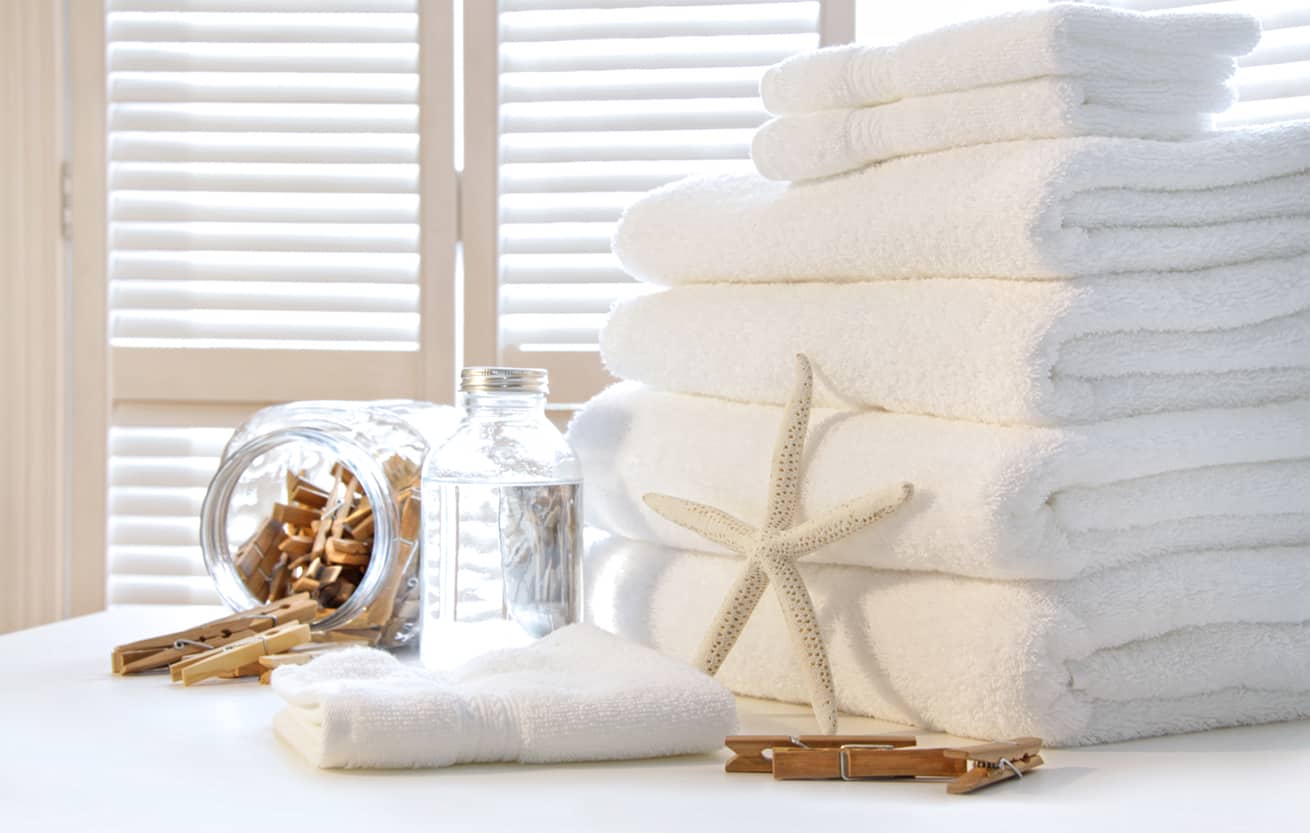

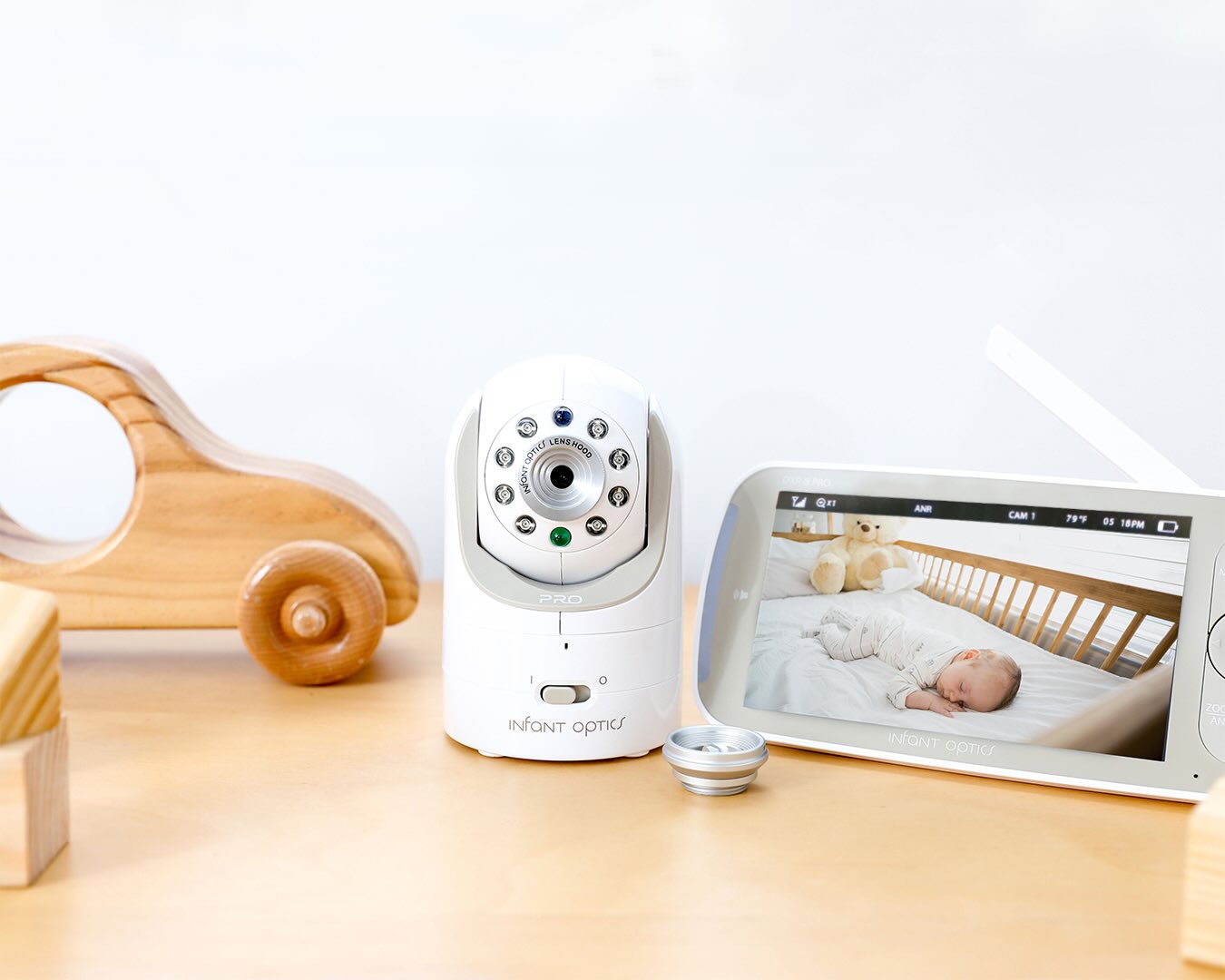
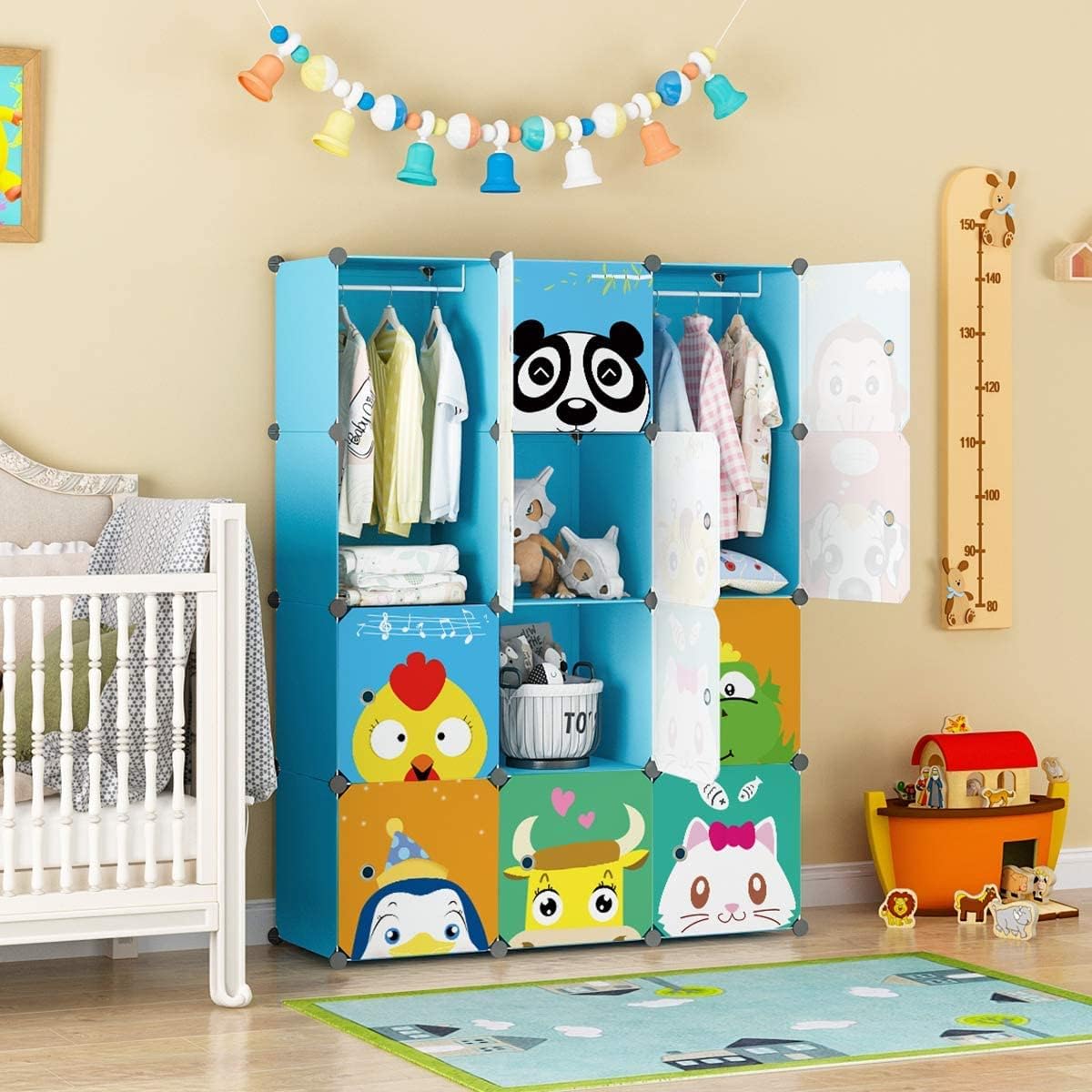
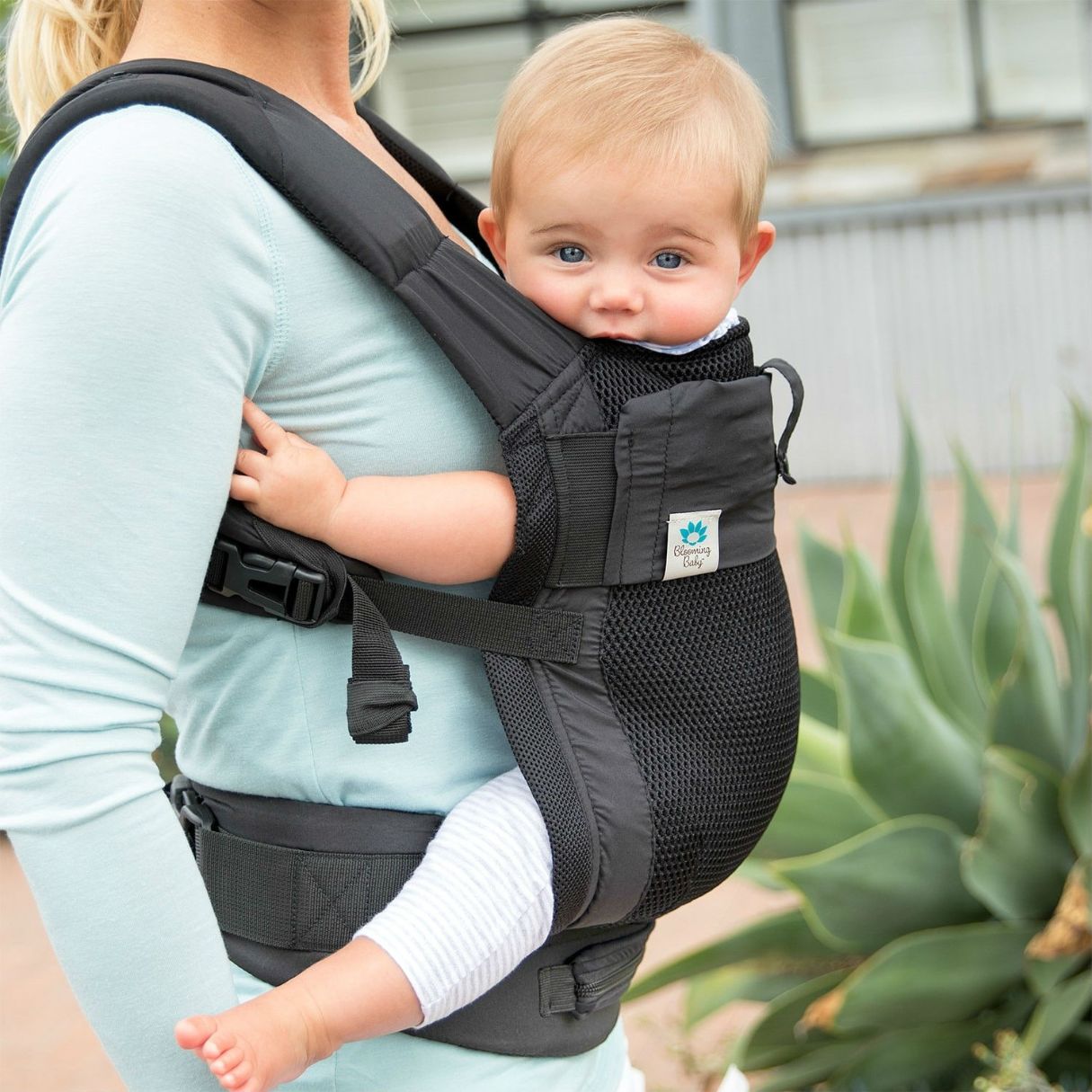
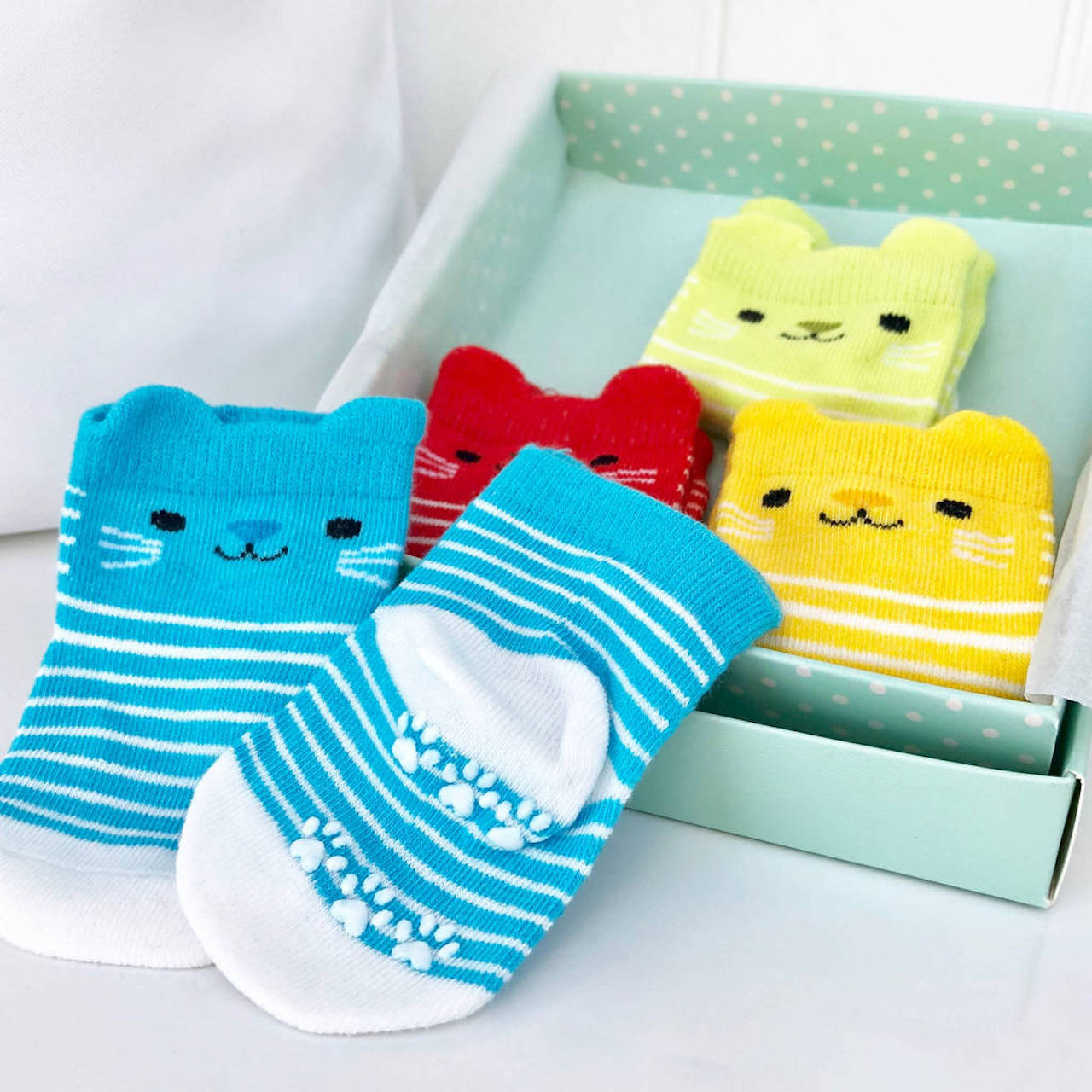
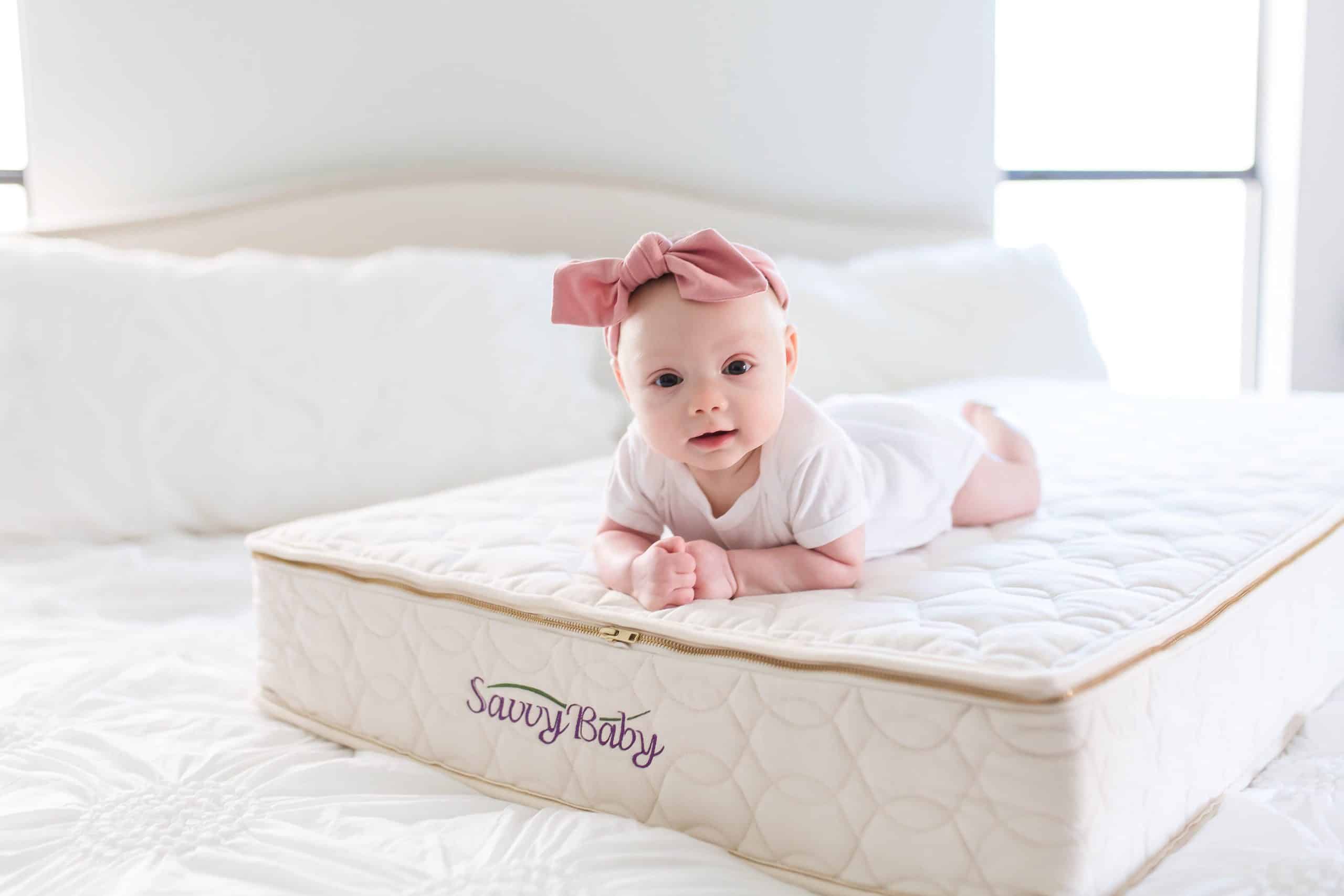
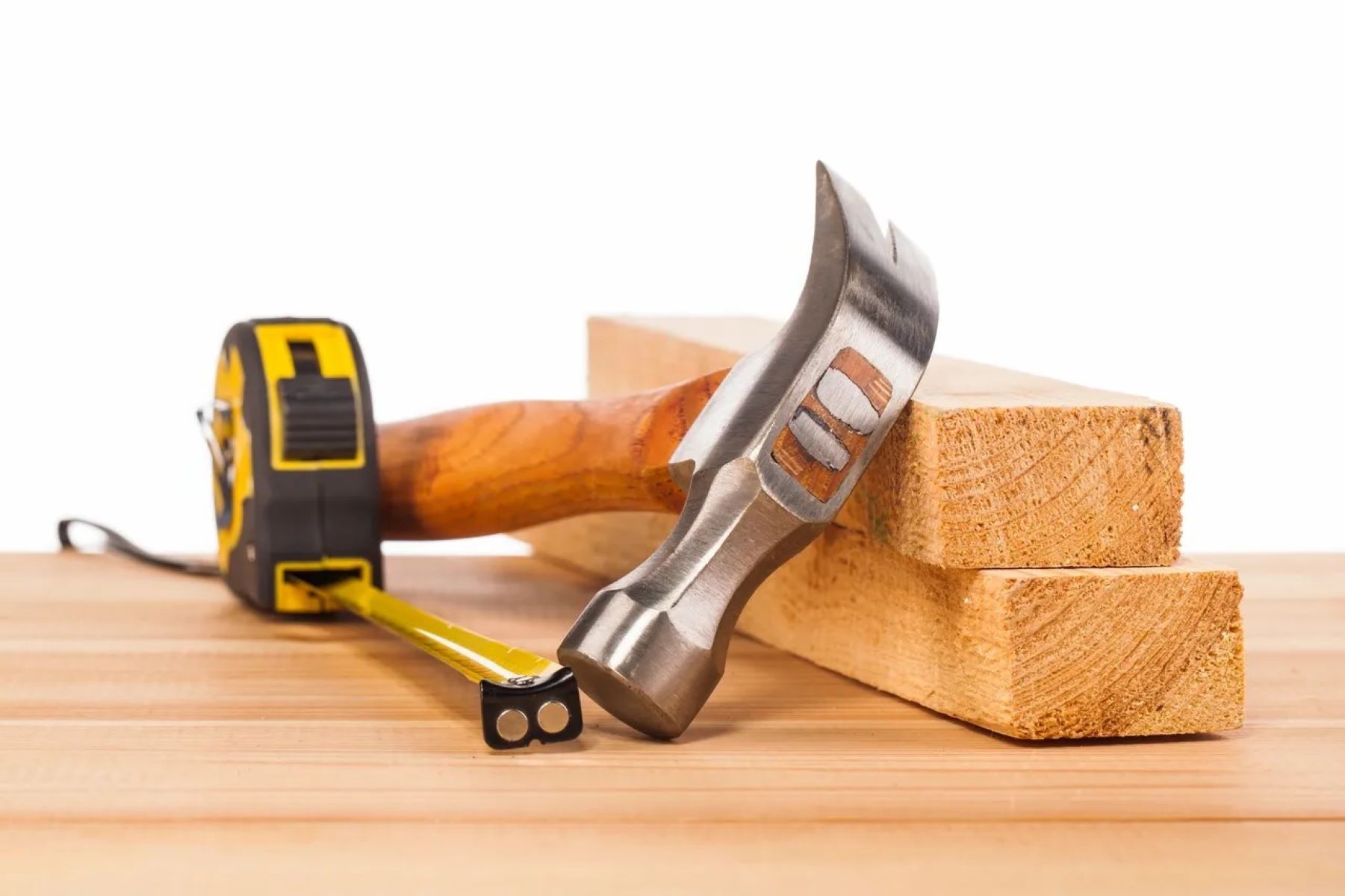
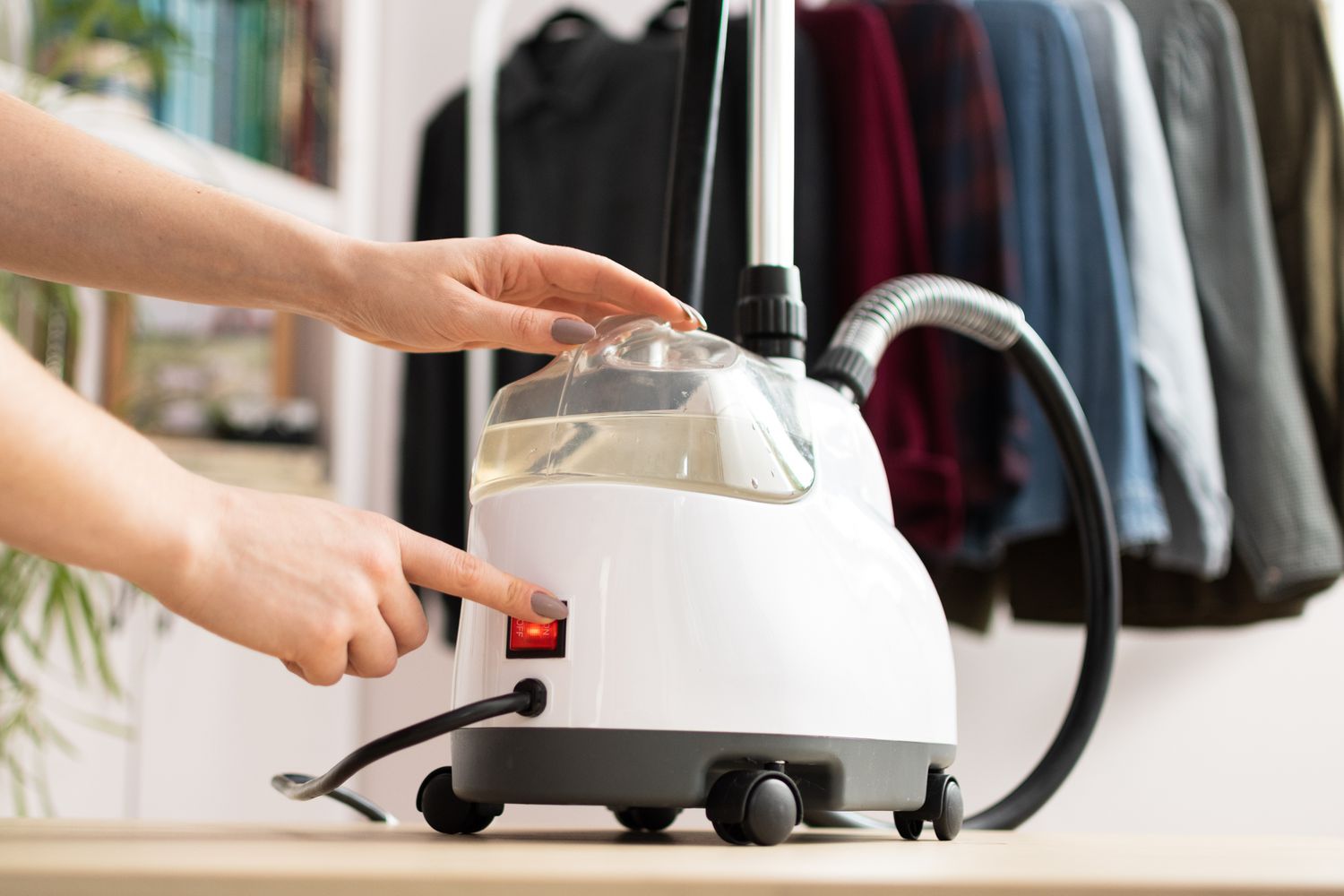



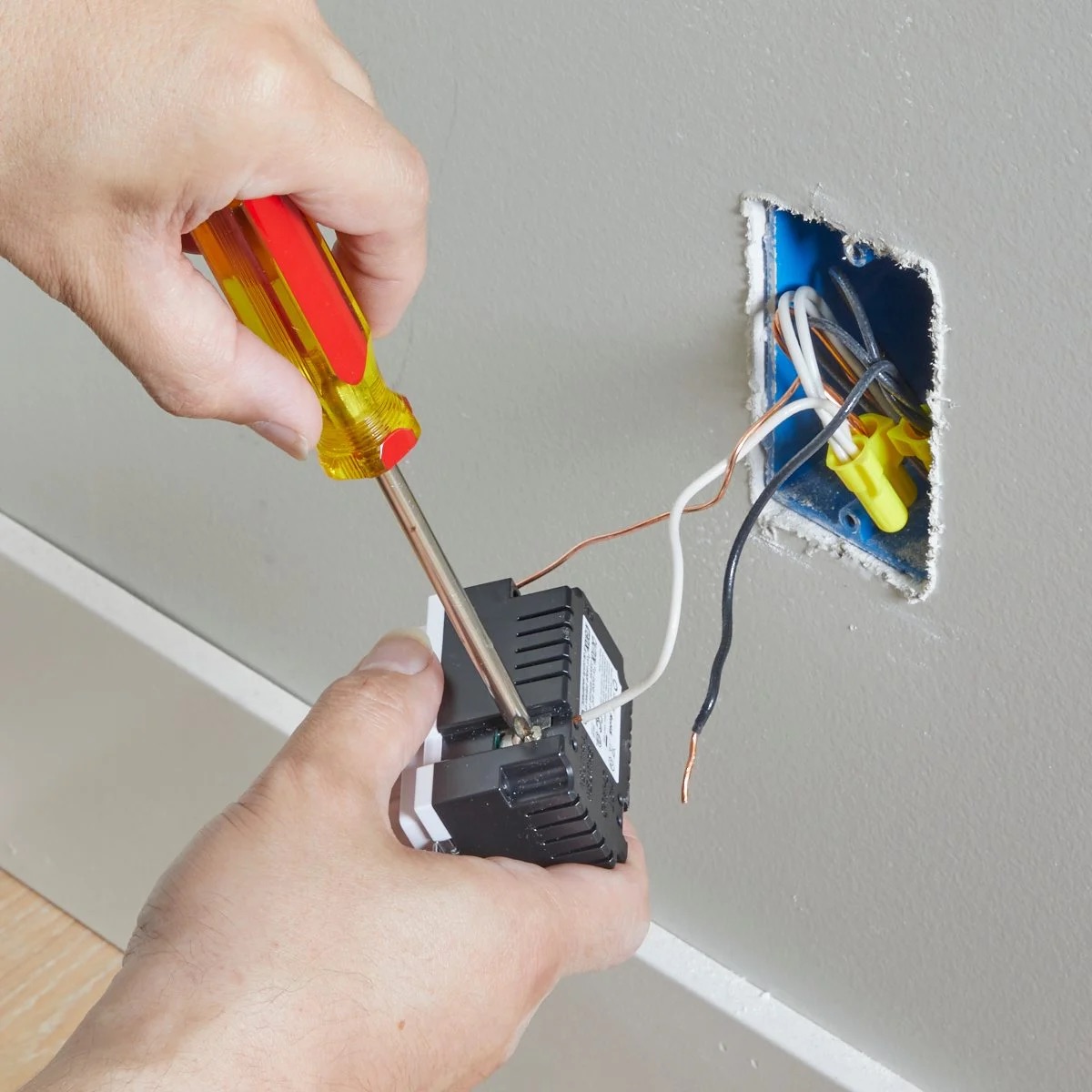

0 thoughts on “Essential Tips For Washing Baby Clothes Every Parent Should Know”